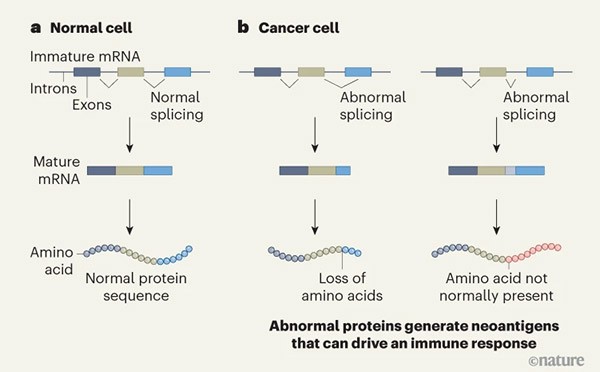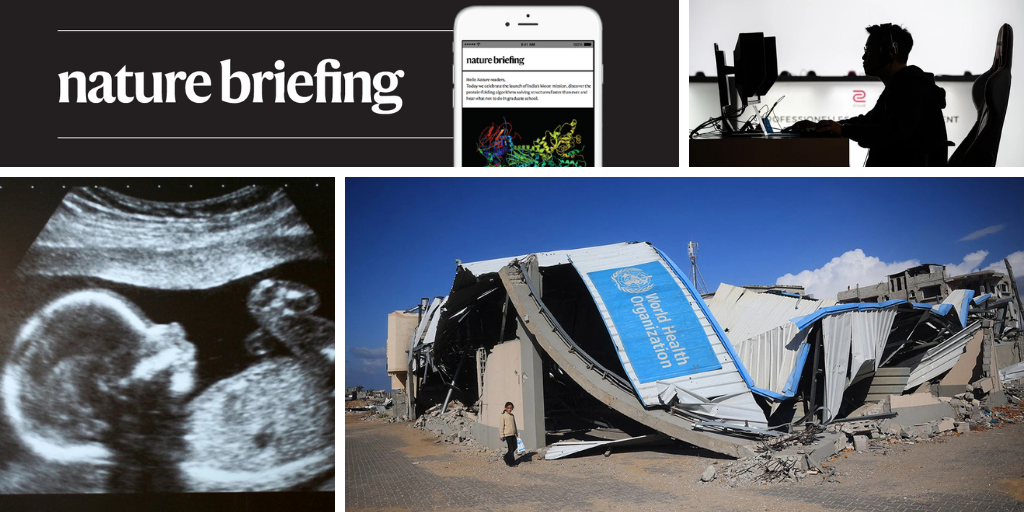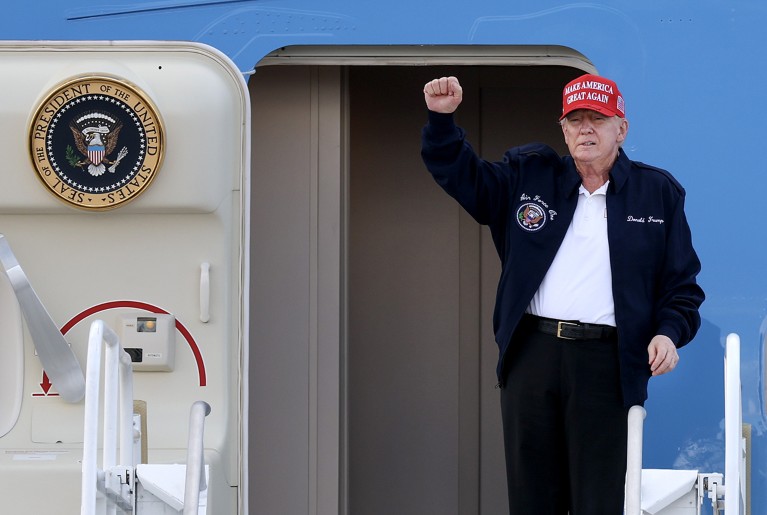Hello Nature readers, would you like to get this Briefing in your inbox free every day? Sign up here.

The World Health Organization’s status as global health watchdog is threatened by withdrawals.Credit: Eyad Baba/AFP via Getty
The United States’s withdrawal from the World Health Organization (WHO) will be a challenge for the agency, but hope is not lost, senior global health figures told Nature. Without the United States, the WHO’s ability to monitor emerging diseases such as H5N1 bird flu might be hindered in the short term. But the withdrawals could lead to more balanced funding from member countries, which “is actually in the interest of a sustainable WHO”, says health researcher Peter Singer.
A new generative artificial intelligence (AI) engine can create coherent, immersive video-game worlds that respond to player inputs. Researchers trained the engine — the World and Human Action Model (WHAM) — on one-second slices of gameplay from the online multiplayer game Bleeding Edge, taken from controller inputs from 500,000 anonymized play sessions. They showed that WHAM’s creations adhere to the original game rules, and can generate a variety of game scenarios that retain items added by the player.
A two-and-a-half-year-old girl shows no signs of a rare genetic disorder, after becoming the first person to be treated for the motor-neuron condition while in the womb. The child’s mother took the gene-targeting drug during late pregnancy, and the child continues to take it. The drug, Risdiplam, modifies the expression of a gene called SMN2 to produce more of a protein required for maintaining motor neurons in the spinal cord and brainstem.
Reference: New England Journal of Medicine paper
Microsoft has announced that it has created the first ‘topological qubits’ — a way of storing quantum information that the firm hopes will underpin a new generation of quantum computers. The announcement came in a press release containing few technical details, which has left some researchers sceptical about the company’s claims. Microsoft says it has disclosed some of its data to selected specialists. “Would I bet my life that they’re seeing what they think they’re seeing? No, but it looks pretty good,” says theoretical physicist Steven Simon, who was among those briefed.
The company published intermediate results — but not the proof of the existence of topological qubits — in a Nature paper
Features & opinion
For more than a decade, Chinese policymakers have aimed to shed the image that their nation lags behind the United States in innovation. The launch of the large-language model DeepSeek-R1 has now put the spotlight on China’s wider artificial intelligence (AI) ecosystem. Chinese AI firms, unlike their US counterparts, are more invested in solving industrial and manufacturing problems at scale than designing consumer-facing products. As the two nations’ priorities diverge, who is winning the ‘race’ might become less relevant.
In a warming climate, cities around the world are finding themselves fighting a losing battle against rats. Efforts to control urban rat populations rely heavily on poisons and traps, cruel and largely ineffective measures that can have knock-on effects on other wildlife. Thankfully, research has shown that there’s another way (and bonus, it’s not too difficult to implement): we keep our rubbish better contained. Changing city-wide sanitation systems might take some careful planning, but examples such as New York City’s ‘containerization’ approach show that it works. All without the need for a gruesome end to rat life.
Infographic of the week

In normal cells (a), cellular machinery removes non-coding sequences called introns from immature mRNA and joins coding sequences called exons together in a process called splicing. The resulting mRNA sequence is used to guide the formation of an amino-acid chain that makes up a protein. In a tumour (b), splicing can go wrong. In those instances, the cells produce incorrect or unusual proteins. The proteins produce structures called neoantigens, which flag the cells to the immune system as ‘foreign’. (Nature News & Views | 7 min read, Nature paywall)
Today I’m appreciating a piece of art. Usually, in a gallery, I would stand back to admire what’s in front of me, but this time I’ll need to get close. Really close. Micro-artist David Lindon has set a new Guinness World Record for creating the smallest handmade sculpture — a red Lego piece measuring 0.02517 mm by 0.02184 mm. I’d better find my magnifying glass…
I’d also appreciate your feedback on this newsletter, which you can send to [email protected].
Thanks for reading,
Jacob Smith, associate editor, Nature Briefing
Want more? Sign up to our other free Nature Briefing newsletters:
• Nature Briefing: Careers — insights, advice and award-winning journalism to help you optimize your working life
• Nature Briefing: Microbiology — the most abundant living entities on our planet — microorganisms — and the role they play in health, the environment and food systems
• Nature Briefing: Anthropocene — climate change, biodiversity, sustainability and geoengineering
• Nature Briefing: AI & Robotics — 100% written by humans, of course
• Nature Briefing: Cancer — a weekly newsletter written with cancer researchers in mind
• Nature Briefing: Translational Research — covers biotechnology, drug discovery and pharma



